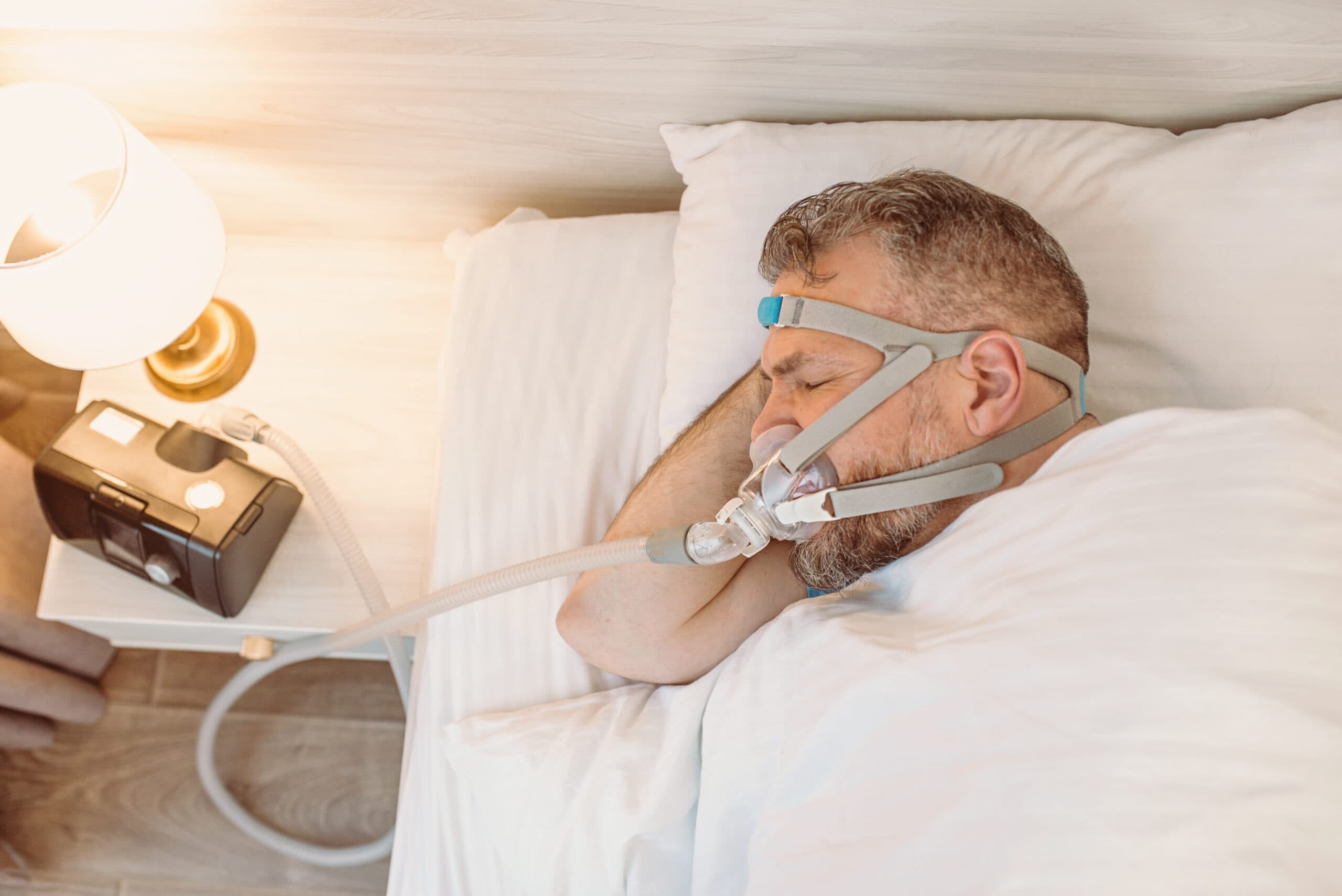

CPAP therapy is one of the most effective ways to treat obstructive sleep apnea (OSA) by assisting patients to breathe more easily. By delivering a steady stream, CPAP machines keep the airway open the prevent frequent interruptions in breathing. The regular use of a CPAP machine can be a game-changer in improving overall health and reducing the risks associated with sleep apnea (when left untreated).
Like other medical devices, the CPAP machine requires attention, too. It is recommended by the healthcare specialist and manufacturers to properly maintain it, as it will not only keep this machine at its best but also prevent the risk of pneumonia and other respiratory illnesses.
However, there is one common concern among users, which is that CPAP can cause lung infections like pneumonia. That is not the case; a CPAP machine or CPAP therapy itself does not contribute to causing health risks and is not dangerous. It is mostly the poor habits, like hygiene practices and improper maintenance, that can turn a life-saving machine into a potential health hazard.
Bacteria, mold, and other pathogens thrive in warm, moist environments, which are the conditions created by a CPAP humidifier and tubing system. Without regular cleaning, maintenance, and proper precautions, these microorganisms can enter your airway, leading to serious health complications such as sinus infections, bronchitis, or even pneumonia. As a result, it is important to be careful about hygiene and maintenance.
In this article, we will understand the easy and effective ways that can help you minimize CPAP and pneumonia risk by maintaining optimal hygiene and ensuring your therapy remains safe, effective, and infection-free. Understanding best practices for CPAP use to avoid pneumonia is essential for protecting your respiratory health. Let us gain the knowledge to protect your lung health.
Yes, it can if not properly cleaned and maintained; however, you need to understand that it is all alone, not a contributing factor, or in a simple way, you can understand that it is not designed in a way to spread infections. The humid, warm environment inside a CPAP machine creates ideal conditions for bacteria, mold, and yeast to thrive, which is mainly caused when you leave your CPAP machine neglected, especially components like tubing and the humidifier chamber are mostly prone to getting impacted, eventually this leads to damaging the machine and making therapy less effective. Moreover, the issues do not stop here as they can badly impact the health, as over time, these microorganisms can be inhaled, potentially leading to pneumonia, sinus infections, or upper respiratory issues.
Common signs of respiratory infection from CPAP use are:
If you experience any of these symptoms while using CPAP therapy, then it is better to consult your healthcare provider immediately.

One of the most important steps in CPAP cleaning for infection prevention is to be considerate about daily maintenance. Make sure to clean your mask cushion, tubing, and humidifier chamber every morning after use to prevent the buildup of bacteria and contamination.
Never use tap water in your humidifier. There is a greater chance that tap water can contain minerals and microorganisms, which are often the major cause of bacterial buildup and mold.
Using distilled water in CPAP to prevent pneumonia is important for safe therapy.
Don’t keep the water in the humidifier chamber throughout the day. Be careful about draining and drying it immediately after each use to prevent mold and mildew.
Your CPAP machine’s filters play a crucial role in removing dust, allergens, and bacteria from the air you breathe. CPAP filters and infection control work perfectly.
Check your device manual for manufacturer recommendations.
Weekly disinfection can play a contributing role in destroying bacteria and viruses that can even get neglected during regular cleaning. Use the best CPAP sanitizers for pneumonia prevention, such as:
You might feel like sharing your CPAP machine cannot cause you any problem; however, that is not the case, as there is a chance that you could get infected due to the person you are sharing it with. As a result, it is important to never share your machine or mask, even with family members. Respiratory infections, including pneumonia, are highly contagious and can badly impact on your health. Using someone else’s equipment or allowing others to use yours greatly increases the risk, so you must avoid doing this, even if you want to do this as a nice gesture; you might be harming another person’s health, too.
Old, cracked, or discolored tubing and masks can be a home for bacteria. Which is why it is essential to inspect your equipment regularly and replace your CPAP supplies (when needed) according to manufacturer guidelines. It is recommended not to use CPAP supplies on a long-term basis.
| CPAP Supply | Replacement Frequency |
| Mask cushion/pillow | Every 2 weeks |
| Tubing | Every 3 months |
| Humidifier chamber | Every 6 months |
| Headgear and straps | Every 6 months |
CPAP machines deliver continuous air pressure, while BiPAP machines provide distinct pressure levels for a comfortable therapy experience. However, you need to understand that both can pose pneumonia risks if not cleaned and maintained properly, but BiPAP users may be at higher risk due to deeper inhalation during therapy, which can be a reason for carrying more pathogens into the lungs.
Health Care often suggests a BiPAP machine for patients with chronic respiratory conditions like COPD. BiPAP may still be recommended as it is an efficient machine, but they also advise patients to take care of hygiene as well.
The following are the simple yet effective practices that can help CPAP users prevent pneumonia:
For the best use of the CPAP machine and getting appropriate therapy, it is important to follow your healthcare provider’s advice regarding machine settings and accessories.
We offer 24/7 delivery of oxygen concentrators, CPAP/BiPAP machines, and hospital beds.
Emergency delivery available anytime
Quick setup and installation
Get professional advice and support.